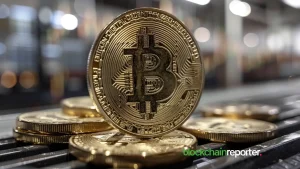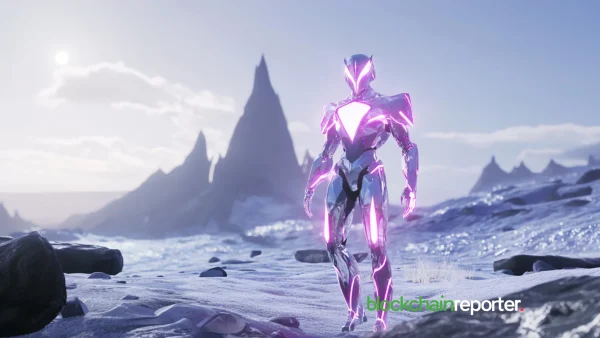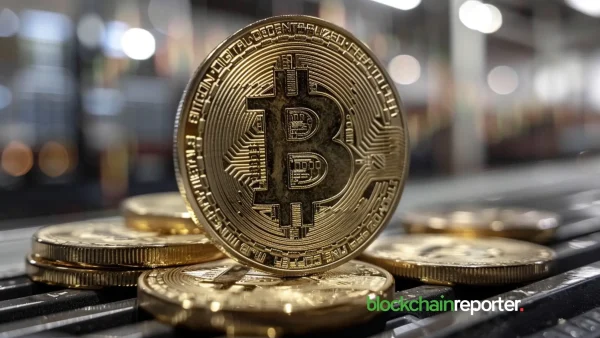
- Bitcoin price growth can be likened to bacterial growth cycles
- While crashes have often been severe for Bitcoin, new bottoms never fall as low as old bottoms
- The cycle does take time. Bitcoin bear markets have so far lasted up to two years
The history of Bitcoin has been brief but turbulent, with growth taking the price per coin up thousands of percent, then through severe crashes, several times seeing bottoms 90% down from previous highs. But so far, no matter how deep the dip, Bitcoin has always come back.
Bacterial growth cycles
Prateek Goorha, a social scientist interested in the economics of creativity and innovation has written a couple of blogs posts analyzing a phenomenon he calls “parabolic super-trend” in Bitcoin. The basic idea is that three distinct phases have made up each major Bitcoin price jump. The bitcoin price behaves like bacteria. Each price move has involved a stasis phase, a rapid growth phase, and a decline phase. These cycles have taken the bitcoin price from pennies to thousands of dollars.
Goorha’s posts about what happens to a bacteria’s life cycle in a Petri dish can be applied to Bitcoin. The Petri dish can be compared to the community of users, with the resource feeding growth being the fiat money invested.
Selling period starves the system of resources resulting in a decline. The decline stops eventually when the Bitcoin market adapts to the circumstances. The next phase starts when the number of users gets larger, introducing new resources to the system. Goorha explained that fiat money infusions ‘fuel the network growth just like oxygen fuels bacterial growth.
More Exponential Gains Ahead
While Bitcoin has gone through periods of sharp decline, it has never gone back down to the same bottom twice. For example, after the BTC soared from $0.95 to $32 it dropped way down to $2.00 showing a 94% decrease; the price stayed at twice the height as the previous bottom. In 2013, the same happened when the Bitcoin rose to almost $1,200 from below $100 in less than four months. Then it dropped to below $200. In 2015 it remained in the range of $220 to $275.
So for everyone brought down by the losses and stagnation of 2018 – while past performance is not a guarantee of future results, the pattern so far suggests that there is hope yet for the future.








